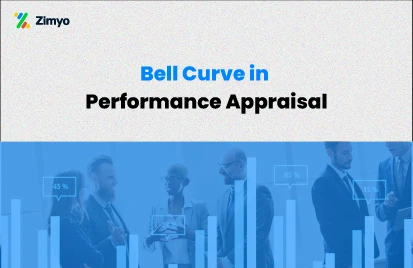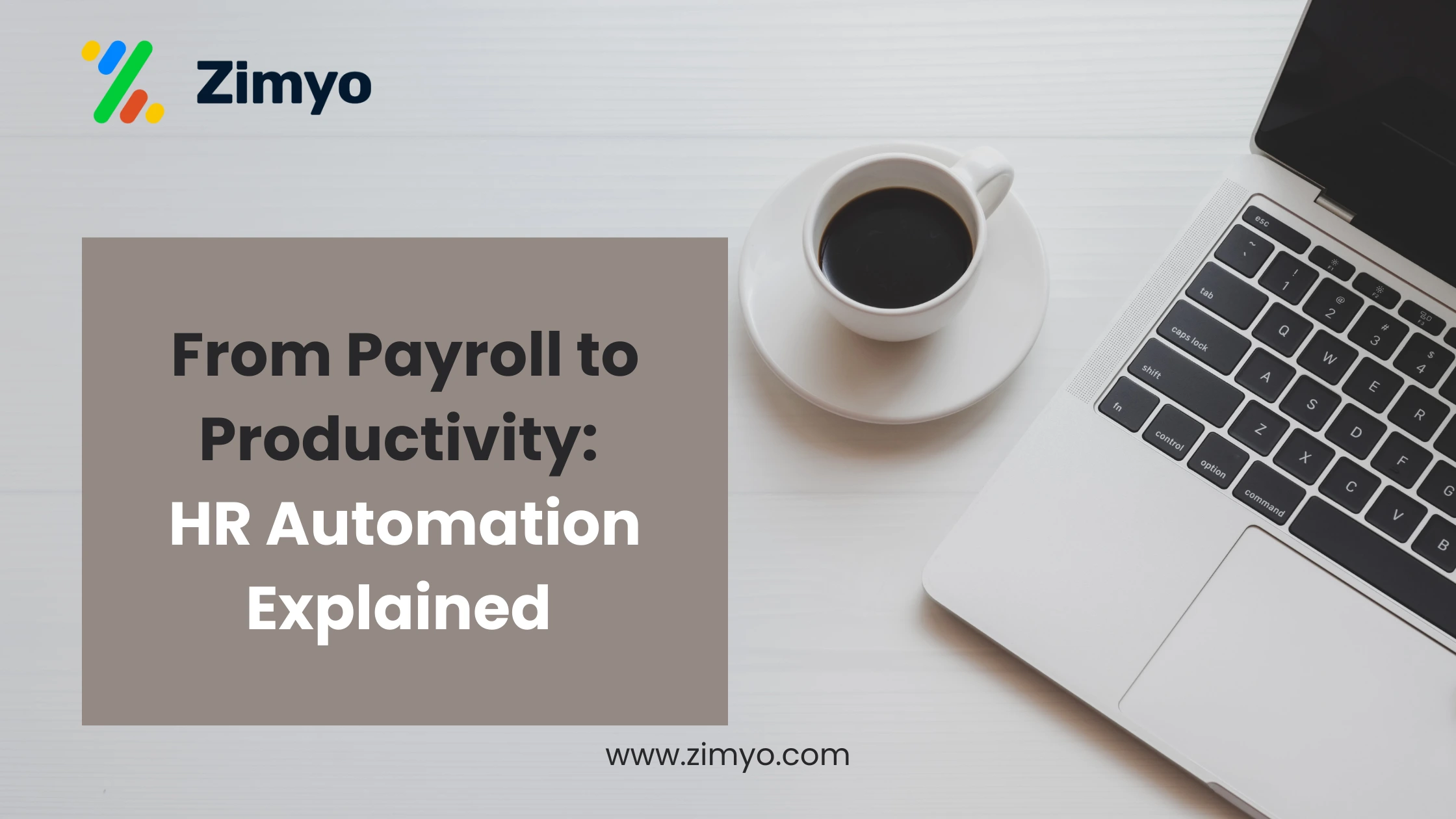What is performance management?
Employee performance management (EPM) is a tool that is necessary for the working of every organization. It involves a continuous comprehensive process of evaluation and communication between the managers and employees. It helps managers to gain a greater understanding of the employee’s skills, competence, etc and any problems that they might be having, while also advising them on how to rectify those problems. The features of the performance management system (PMS) are discussed below:
FEATURES OF AN IDEAL PERFORMANCE MANAGEMENT SYSTEM
Realistic goal setting and management
Goal setting is the factor on which the entire system of appraisal relies. Goals should challenge the limits of the employees and encourage them to do better than what they are currently able to achieve. At the same time, goals should also be realistic in the sense that employees should not feel overburdened or out of their league in fulfilling these goals.
Goals should provide direction and help the employee prioritize their work within the given time frame. Goals are usually set by the employees themselves and finalized by the managers. It is important to note that the goals given to the employees should also be in line with the organizational goals.
Performance reviews
Performance reviews are the soul of performance management software. Feedback is taken from employees and can be in the form of questionnaires or in-person interviews. Following that, goals are created based on their current status and competencies. During the feedback cycle employees’ feedback, managers’ feedback, and self-ratings are used. By using an HR software, this process can be automated to a large degree. The automation sends reminders and feedbacks and helps the managers to keep track of the current status of the employees. It also helps in shortening the appraisal process time.
360-degree reviews
A good performance review system not only incorporates the feedback of the managers but also takes into account the feedback from the employees and everyone who works with that employee. This could include their supervisors, their colleagues, and even their subordinates. This brings us to the concept of a 360-degree evaluation technique. It works by creating an anonymous survey and giving them to the target employee’s superiors, subordinates, and colleagues. This allows us to gain an overall perspective of the employee’s performance, which in turn allows us to set more realistic goals and provide better feedback to the employee. This concept has been picking up steam for a few years and is a staple in most MNC’s.
Due Process
Everyone should have a chance to defend themselves. This applies even more to bad performance reviews. In case an employee is struggling or has got a negative review, sit down with them, and try to understand why this has occurred. As with all forms of evaluation, feedback can be prone to bias by both the managers and the data available and this bias can sometimes be difficult to account for if you don’t know that it is occurring.
No bias in rewards for evaluators
Do not reward the evaluators for any positive or negative reviews, as this will influence their future evaluations and also make your employees distrust you.
Continuous Feedback Mechanism
A continuous feedback mechanism can enhance your feedback system. A continuous feedback mechanism is defined as a system where the employee can receive systematic feedback by openly discussing their problems with their managers.
Feedback is a cyclical process and should be treated as such. Managers should make sure that previous feedback is implemented before giving new feedback.
Performance analytics
Your feedback system should have a data repository of all previous feedback given. This data can help in multiple ways. It can help in judging the trends in employee performance and how they perform in certain situations. This data can then be used to improve and enhance training for newer employees.
Conclusion
Performance management is a very important process that can make or break an organization. It provides improvement and clarity to both the lower-level employees as well as the middle and upper management. Only by understanding and guiding their employees to be the best that they can, will an organization truly improve.







